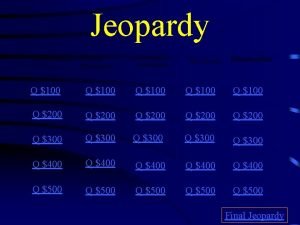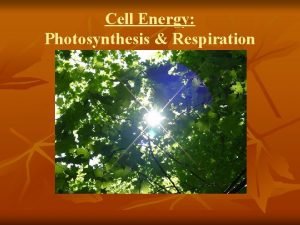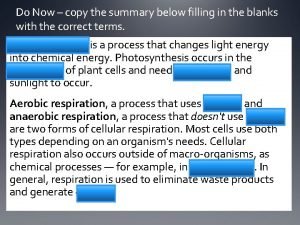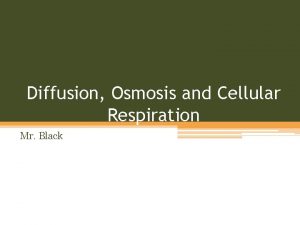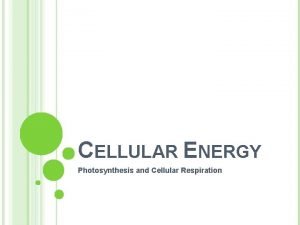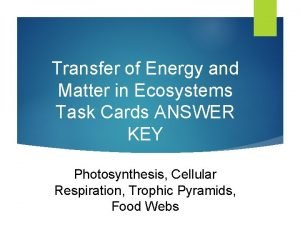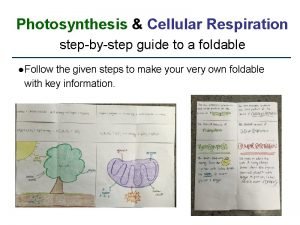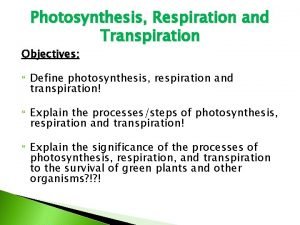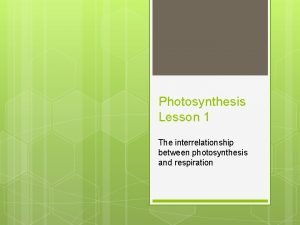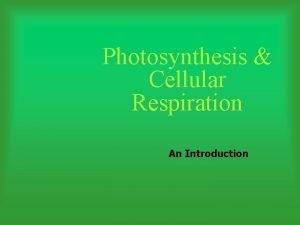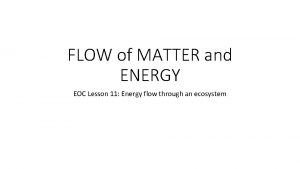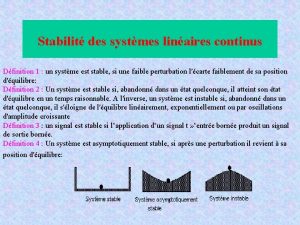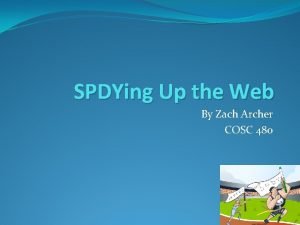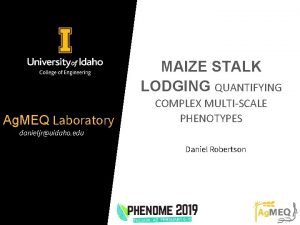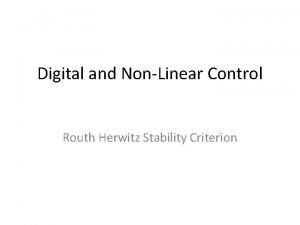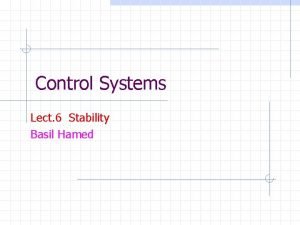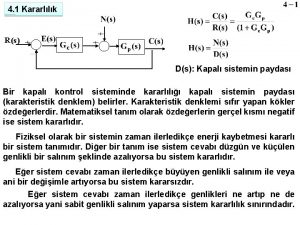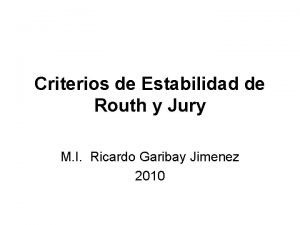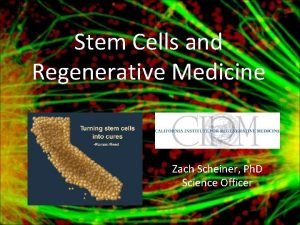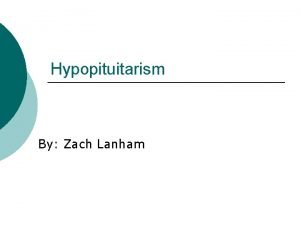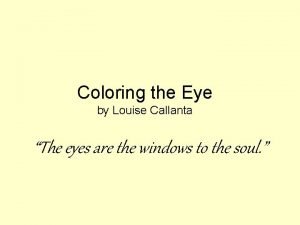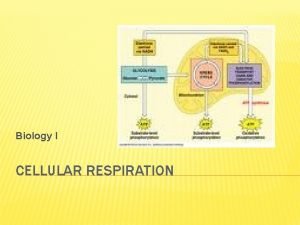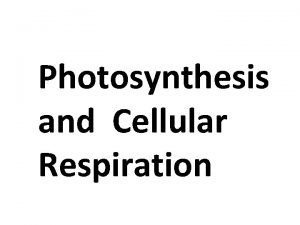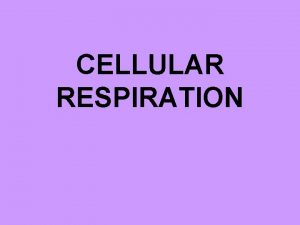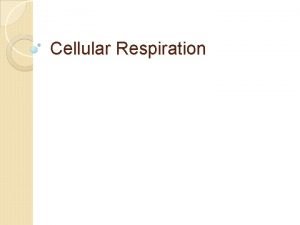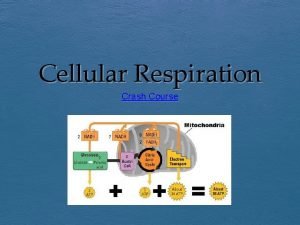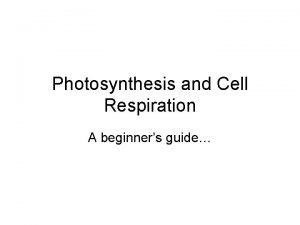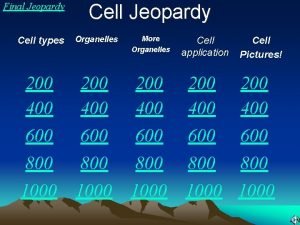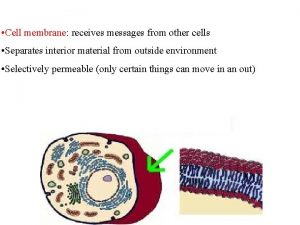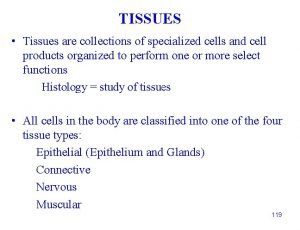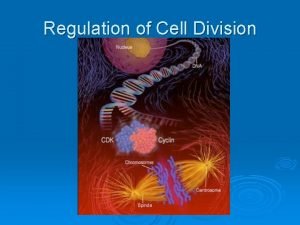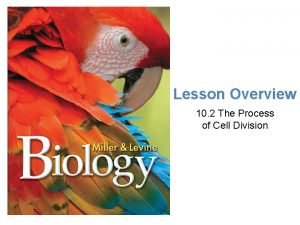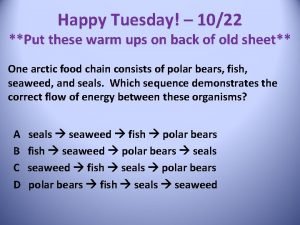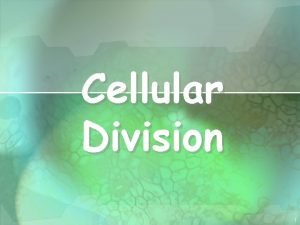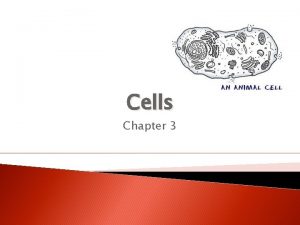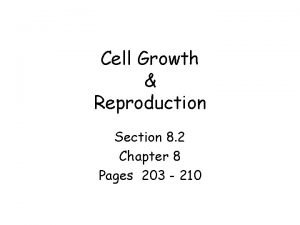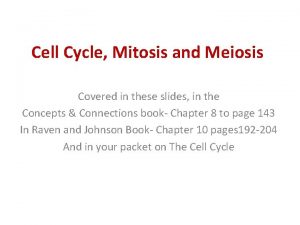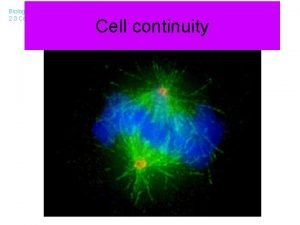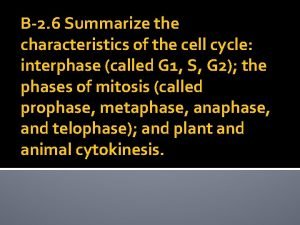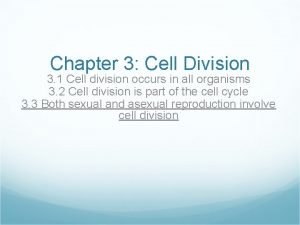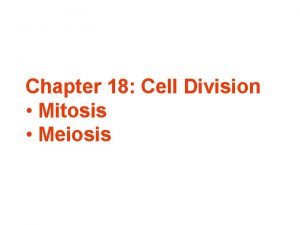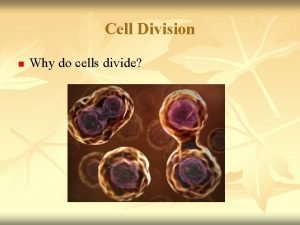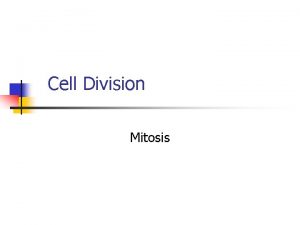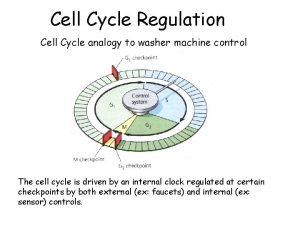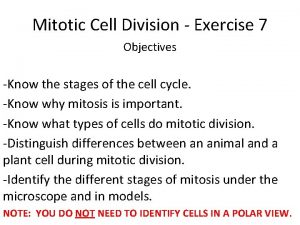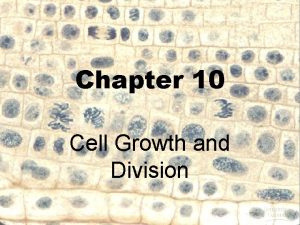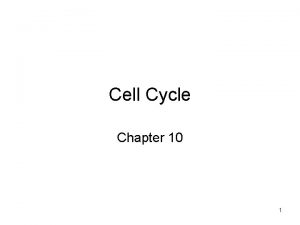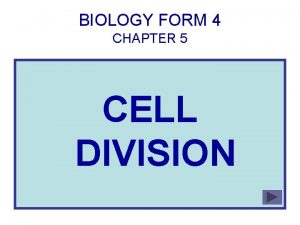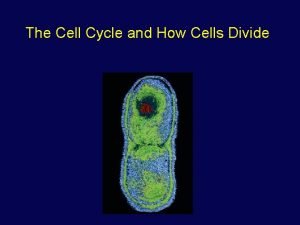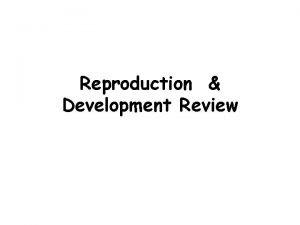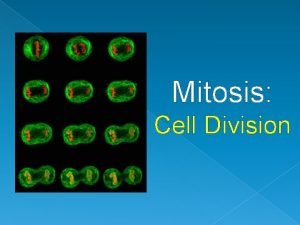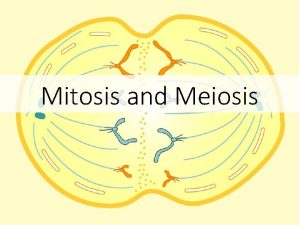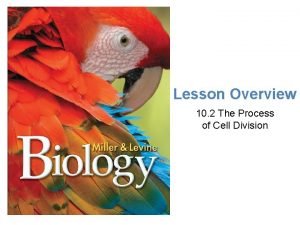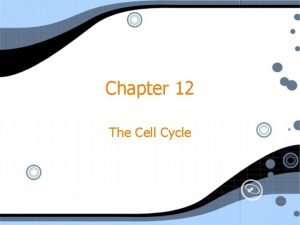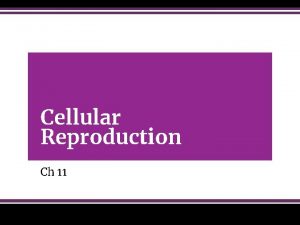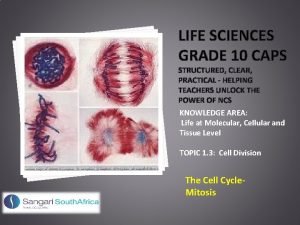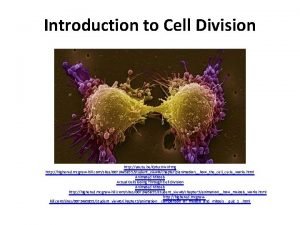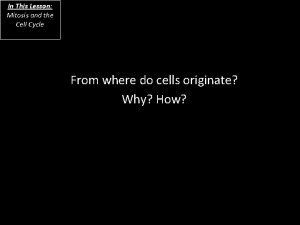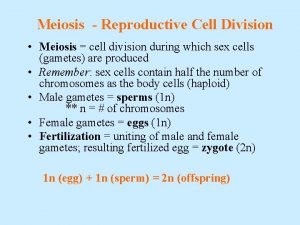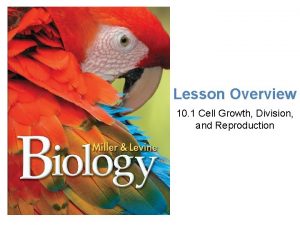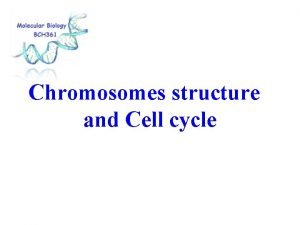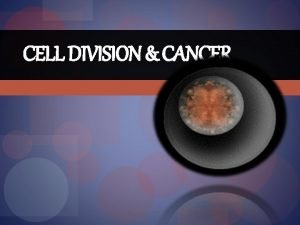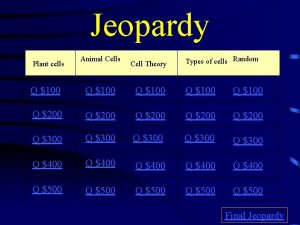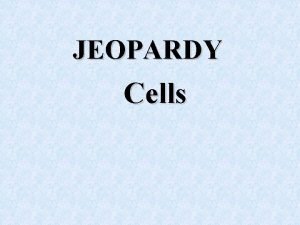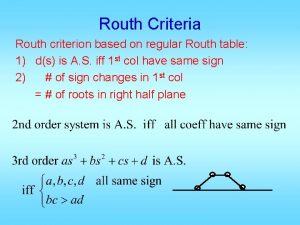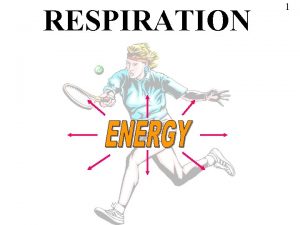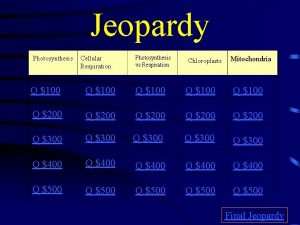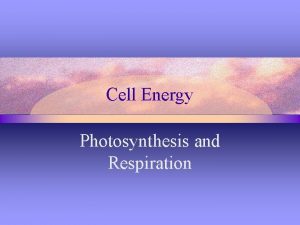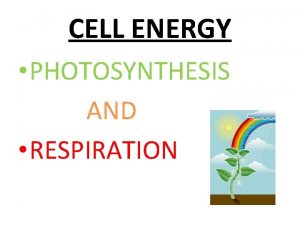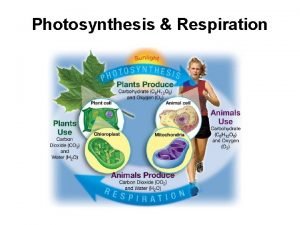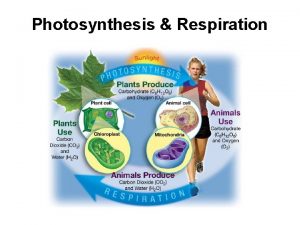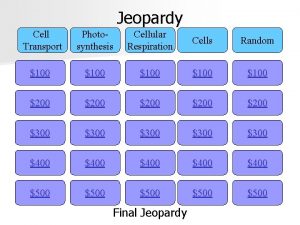Jeopardy Zach Routh Cells Photosynthesis Respiration Cell Division













































































































































- Slides: 141

Jeopardy Zach Routh

Cells

Photosynthesis

Respiration

Cell Division

Molecular Genetics

Evolution & Classification

Evolution Molecular & Genetics Classification Cells Photosynthesis Respiration Cell Division $100 $100 $200 $200 $300 $300 $400 $400 $500 $500 Double Jeopardy!

Cells The figure below is a representative of this type of cell. $100

Cells What is the Animal Cell Back $100

Cells The left column represents this type of solution $200

Cells What is hypotonic Back $200

Cells This mimics the substrate, competing for an active cite. $300

Cells What is a competitive inhibitor Back $300

Cells DNA is concentrated here $400

Cells What is the nucleoid Back $400

Cells These fasten cells together into strong sheets. $500

Cells What are desomosomes Back $500

Photosynthesis happens here $100

Photosynthesis What are chloroplasts Back $100

Photosynthesis Plants make sugar through this $200

Photosynthesis What is the Calvin Cycle Back $200

Photosynthesis Light reactions are carried out by molecules in this $300

Photosynthesis What is the thylakoid membranes Back $300

Photosynthesis ATP debt is solved by this $400

Photosynthesis What is the Cyclic electron flow Back $400

Photosynthesis Photorespiration presents a major problem for these plants because they have no special adaptations to reduce the process. $500

Photosynthesis What are C 3 Plants Back $500

Respiration This is the first stage of Cellular Respiration $100

Respiration Glycolysis Back $100

Respiration Food is metabolized into one of these three types fuel $200

Respiration What are carbs, proteins, and fats Back $200

Respiration These figures represent two types of this 2 ADP + 2 P Glucose i 2 ATP Glycolysis 2 NAD+ H H C OH CH 3 2 NADH +2 H+ 2 CO 2 H C O CH 3 2 Acetaldehyde 2 Ethanol 2 ADP + P 2 i Glucose O– C O CH 3 2 Pyruvate 2 ATP Glycolysis 2 NAD+ O C O H C OH CH 3 2 Lactate O– C O 2 NADH CH 3 2 Pyruvate $300

Respiration What is fermentation Back $300

Respiration Oxidation of pyruvate happens here $400

Respiration What is the mitochondria Back $400

Respiration Pyruvate is converted to acetyl Co. A here $500

Respiration The junction between glycolysis and the citric acid cycle Back $500

Cell Division These are the two major phases of the eukaryotic cell cycle $100

Cell Division Interphase and mitotic phase Back $100

Cell Division This is the first subphase of interphase $200

Cell Division G 1 Back $200

Cell Division Mitosis produces these $300

Cell Division Two genetically identical cells. Back $300

Cell Division In an animal cell a cleavage furrow helps divide the cell but in plants this creates a division $400

Cell Division What is a cell plate Back $400

Cell Division This is the shortest stage of mitosis $500

Cell Division What is Anaphase Back $500

Molecular Genetics Any cell with two chromosome sets is this $100

Molecular Genetics What is a diploid cell Back $100

Molecular Genetics Another name for homologous chromosomes $200

Molecular Genetics What are homologues Back $200

Molecular Genetics The stages of transcription are $300

Molecular Genetics Initiation, elongation and termination Back $300

Molecular Genetics This figure shows this DNA m. RNA Ribosome Polypeptide Amino acids Polypeptide t. RNA with amino acid attached p Ribosome r T Phe Gly AG C C t. RNA C A AA UGGU UU GG C Codons 5 m. RNA G Anticodon 3 $400

Molecular Genetics What is translation Back $400

Molecular Genetics One gene influences many different characteristics in this type of inheritance $500

Molecular Genetics What is Pleiotropy Back $500

Evolution & Classification Gene flow is interrupted when a population is divided into geographically isolated subpopulations in this $100

Evolution & Classification What is allopatric speciation Back $100

Evolution & Classification These include descendants, but not the common ancestor, of all species in the group $200

Evolution & Classification What are polyphyletic groups Back $200

Evolution & Classification This model states that evolution is a slow, continuous process $300

Evolution & Classification What is gradualism Back $300

Evolution & Classification The figure below shows this CWCW CR CR Only 5 of 10 plants leave offspring CR CW CWCW CR CR CR CW Generation 1 p (frequency of CR) = 0. 7 q (frequency of CW) = 0. 3 CWCW CR CR Only 2 of CRCR 10 plants leave W W CR CR C C offspring CR CW CR CR CR CR CW Generation 2 p = 0. 5 q = 0. 5 CR CR CR Generation 3 p = 1. 0 q = 0. 0 $400

Evolution & Classification What is genetic drift Back $400

Evolution & Classification The 5 requirements of the Hardy-Weinberg Equilibrium include this $500

Evolution & Classification What are large population, isolated population, no net mutations, random mating, and no natural selection. Back $500

Double Jeopardy!!!


Plant Systems

Animal Systems

Ecology

Labs

Biotechnology

Things we didn’t cover

Plant Systems Animal Systems Ecology Labs Biotechnology Things we didn’t cover $200 $200 $400 $400 $600 $600 $800 $800 $1000 $1000 Final Jeopardy!

Plant Systems The male organs of a flower are known as this $200

Plant Systems What are stamens Back $200

Plant Systems Pine trees can be classified as this because of their cone bearing ability $400

Plant Systems What is a conifer Back $400

Plant Systems Growth in length of plants in sustained throughout the plant’s life by this $600

Plant Systems What is the apical meristem Back $600

Plant Systems Plants respond to external signals through this mechanism $800

Plant Systems What is tropism Back $800

Plant Systems Double fertilization is unique to these plants $1000

Plant Systems What are angiosperms Back $1000

Animal Systems These animals are craniates that have a backbone $200

Animal Systems What are vertebrates Back $200

Animal Systems According to the phylogenic tree mammals are most closely related to these scaly creatures $400

Animal Systems What are reptiles Back $400

Animal Systems The third stage of food processing, allow animals to gain nutrient through this $600

Animal Systems What is absorption Back $600

Animal Systems This organ system consists of skin and its derivatives $800

Animal Systems What is the integumentary system Back $800

Animal Systems This is hormone secreted by the small intestine after meals, acting as an appetite suppressant that counters ghrelin $1000

Animal Systems What is PYY Back $1000

Ecology Many animals emit odors known as these in order to communicate $200

Ecology What are pheromones Back $200

Ecology Exponential growth is slowed when this is reached $400

Ecology What is the carrying capacity Back $400

Ecology The coloration of King snakes displays what type of mimicry $600

Ecology What is Batesian Back $600

Ecology Rachel Carson wrote this important book on environmentalism $800

Ecology What is Silent Spring Back $800

Ecology This type of learning is gained through trial and error $1000

Ecology What is Operant Conditions Back $1000

Labs Diffusion can occur in gases, in liquids, or through these. $200

Labs What are solids Back $200

Labs In our CSI Lab this was used in the replication of DNA $400

Labs What is gel electrophoresis Back $400

Labs The alteration of the active site is known as this $600

Labs What is an induced fit Back $600

Labs Nuclear division is usually followed by division of the this $800

Labs What is the cytoplasm Back $800

Labs Blood pressure is highest here. $1000

Labs What is the aorta Back $1000

Biotechnology In 1990 this project was begun to map all human genes $200

Biotechnology What is the Human Genome Project Back $200

Biotechnology This is the most commonly used vector for introducing new genes into plant cells $400

Biotechnology Ti Plasmid Back $400

Biotechnology This is DNA in which nucleotide sequences from two different sources are combined in vitro into the same DNA molecule $600

Biotechnology What is Recombinant DNA Back $600

Biotechnology This is a simple and fast method for silencing selected genes $800

Biotechnology RNAi Back $800

Biotechnology An animal with genes that have been inserted from another animal in known as one of these $1000

Biotechnology What are transgenic animals Back $1000

Things we didn’t cover The amount of nutrients that can be absorbed by plants without damaging ecosystem integrity is known as this $200

Things we didn’t cover What is the critical load Back $200

Things we didn’t cover The production of as many offspring as possible in one reproductive event is known as this $400

Things we didn’t cover What is semelparity Back $400

Things we didn’t cover Suggesting that each boundary between each fossil layer was caused by a catastrophe is known as this $600

Things we didn’t cover What is catastrophism Back $600

Things we didn’t cover When one gene influences many different characteristics it is known as this $800

Things we didn’t cover Pleiotropy Back $800

Things we didn’t cover The hypothesis below is known as this. Terrestrial herbivores consume relatively little plant biomass because they are held in check by a variety of factors, including predators, parasites, and disease. $1000

Things we didn’t cover What is the Green World Hypothesis Back $1000

Final Jeopardy!!!


Final Jeopardy!!! An individual organism splits into two roughly equal-sized organisms, which then grow to the size of the original through this process

Final Jeopardy!!! What is fission
 Photosynthesis and cellular respiration jeopardy
Photosynthesis and cellular respiration jeopardy Chapter 6 cell energy photosynthesis and respiration
Chapter 6 cell energy photosynthesis and respiration Cell cycle and cell division
Cell cycle and cell division Cell cycle and cell division
Cell cycle and cell division Cell division phases
Cell division phases External respiration vs internal respiration
External respiration vs internal respiration Internal respiration
Internal respiration Complementary processes
Complementary processes Photosynthesis formula
Photosynthesis formula Photosynthesis word equation
Photosynthesis word equation Venn diagram photosynthesis and respiration
Venn diagram photosynthesis and respiration Venn diagram photosynthesis and respiration
Venn diagram photosynthesis and respiration Formula for photosynthesis and cellular respiration
Formula for photosynthesis and cellular respiration Photosynthesis and cellular respiration diagram
Photosynthesis and cellular respiration diagram Photosynthesis and cellular respiration foldable
Photosynthesis and cellular respiration foldable Edpuzzle cellular respiration
Edpuzzle cellular respiration Photosynthesis definition
Photosynthesis definition Interrelationship between photosynthesis and respiration
Interrelationship between photosynthesis and respiration Photosynthesis and cellular respiration
Photosynthesis and cellular respiration Cellular respiration virtual lab snails and elodea
Cellular respiration virtual lab snails and elodea Photosynthesis or cellular respiration
Photosynthesis or cellular respiration Photosynthesis vs. respiration
Photosynthesis vs. respiration Submentovertical projection
Submentovertical projection Reabsorption
Reabsorption Parafollicular
Parafollicular Gamete vs somatic cell
Gamete vs somatic cell Why dna is more stable than rna?
Why dna is more stable than rna? Red blood cells and white blood cells difference
Red blood cells and white blood cells difference Eukaryotic vs prokaryotic cells
Eukaryotic vs prokaryotic cells Plant vs animal cell venn diagram
Plant vs animal cell venn diagram Prokaryotic cells
Prokaryotic cells Organelle trail
Organelle trail Masses of cells form and steal nutrients from healthy cells
Masses of cells form and steal nutrients from healthy cells Label
Label Cuál es la diferencia entre la célula animal y vegetal
Cuál es la diferencia entre la célula animal y vegetal Is a red blood cell prokaryotic or eukaryotic
Is a red blood cell prokaryotic or eukaryotic Nondisjunction in meiosis
Nondisjunction in meiosis Cells and life lesson 1 answer key
Cells and life lesson 1 answer key Routh array method
Routh array method Criterio di routh
Criterio di routh Critère de routh exemple
Critère de routh exemple Firefox twitter
Firefox twitter Zach brenton
Zach brenton Routh table
Routh table Hamed
Hamed Zach powers schooled
Zach powers schooled Zach cheplak
Zach cheplak Pengertian lti
Pengertian lti Routh table example
Routh table example Neil pascoe
Neil pascoe Routh tablosu hesaplama
Routh tablosu hesaplama Zach broderick
Zach broderick Metodo de routh
Metodo de routh Critério de estabilidade de routh
Critério de estabilidade de routh Zach hambrick
Zach hambrick Zach morgan trainer
Zach morgan trainer Zach scheiner
Zach scheiner Zach olson md
Zach olson md Routh table example
Routh table example Zach's birthday
Zach's birthday Sjs golf balls
Sjs golf balls Zach eddy
Zach eddy Taxi carmichael
Taxi carmichael Zach lasry
Zach lasry Zach anders
Zach anders How can two parents with brown eyes have a child with blue
How can two parents with brown eyes have a child with blue Postcards from italy ukulele
Postcards from italy ukulele Cell respiration
Cell respiration Cellular respiration chemical formula
Cellular respiration chemical formula Electrons carried in nadh diagram
Electrons carried in nadh diagram Lab 5 cell respiration
Lab 5 cell respiration What type of cell performs cellular respiration
What type of cell performs cellular respiration Where in the cell does cellular respiration occur
Where in the cell does cellular respiration occur Cellular respiration formula
Cellular respiration formula Crash course cellular respiration
Crash course cellular respiration In which part of the cell does photosynthesis take place
In which part of the cell does photosynthesis take place Cell jeopardy
Cell jeopardy Short division vs long division
Short division vs long division Synthetic division examples
Synthetic division examples Long division method
Long division method Division sintetica
Division sintetica Germ cell vs somatic cells
Germ cell vs somatic cells Collection of specialized cells and cell products
Collection of specialized cells and cell products Jeopardy division
Jeopardy division Multiplication and division jeopardy
Multiplication and division jeopardy Order of operations jeopardy
Order of operations jeopardy Cell division acronym
Cell division acronym Frequency of cell division
Frequency of cell division Concept map of cell cycle mitosis and meiosis
Concept map of cell cycle mitosis and meiosis Interphase of cell cycle
Interphase of cell cycle Plant cell division
Plant cell division Cell division acronym
Cell division acronym What is early prophase
What is early prophase A sticky semi fluid material found
A sticky semi fluid material found Chapter 8 cell growth and division section 8-2 answer key
Chapter 8 cell growth and division section 8-2 answer key Is mitosis asexual
Is mitosis asexual Mitosis and meiosis
Mitosis and meiosis Cell furrow method
Cell furrow method Nuclear membrane reappears
Nuclear membrane reappears Cell division leaving cert
Cell division leaving cert Cell division labeling
Cell division labeling Venn diagram of sexual and asexual reproduction
Venn diagram of sexual and asexual reproduction Unit 7 cell division and heredity
Unit 7 cell division and heredity Mitosis
Mitosis Unicellular cell division
Unicellular cell division Equator in mitosis
Equator in mitosis Why do cells divide? *
Why do cells divide? * Cell division vocabulary
Cell division vocabulary Cell cycle analogy
Cell cycle analogy Prophase microscope
Prophase microscope Cell division pipe cleaner activity
Cell division pipe cleaner activity Section 10-1 cell growth answer key
Section 10-1 cell growth answer key Events of the cell cycle
Events of the cell cycle Mind map mitosis meiosis
Mind map mitosis meiosis Functions of cell division
Functions of cell division What process is this
What process is this Interphase
Interphase Cell division
Cell division How do you know
How do you know Mitosis cell division
Mitosis cell division Gap 1 phase
Gap 1 phase What happenes during telophase
What happenes during telophase What phase is this cell in
What phase is this cell in Cell division
Cell division Cell division
Cell division Importance of mitosis
Importance of mitosis Mitosis phases
Mitosis phases Three facts about meiosis
Three facts about meiosis Cell division
Cell division Reproductive cell division
Reproductive cell division Cell growth division and reproduction
Cell growth division and reproduction Cell division in multicellular organisms
Cell division in multicellular organisms Somatic vocabulary
Somatic vocabulary Mitosis jeopardy
Mitosis jeopardy Cell organelle review game
Cell organelle review game Plant and animal cell jeopardy
Plant and animal cell jeopardy Cell organelle jeopardy
Cell organelle jeopardy Golgi body school analogy
Golgi body school analogy Advantages and disadvantages of diaphragm cell process
Advantages and disadvantages of diaphragm cell process Prokaryotic vs eukaryotic cell
Prokaryotic vs eukaryotic cell Prokaryotic reproduction
Prokaryotic reproduction Animal vs plant cell venn diagram
Animal vs plant cell venn diagram
